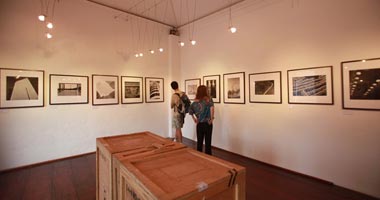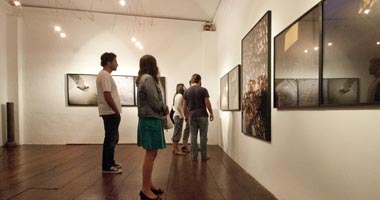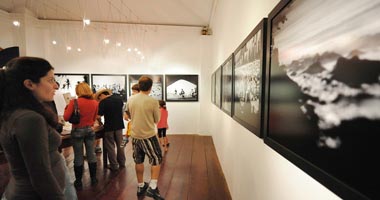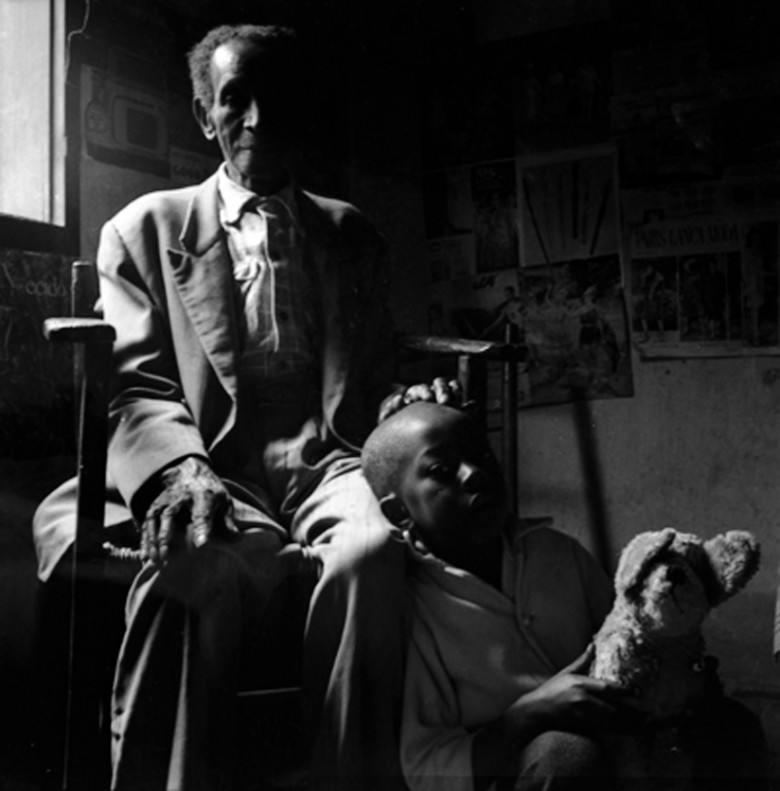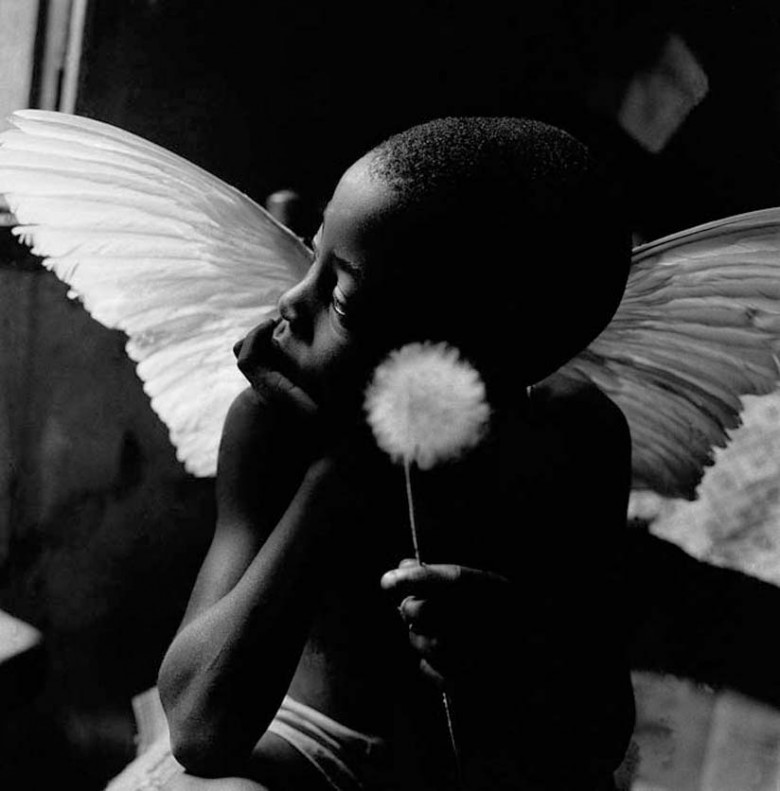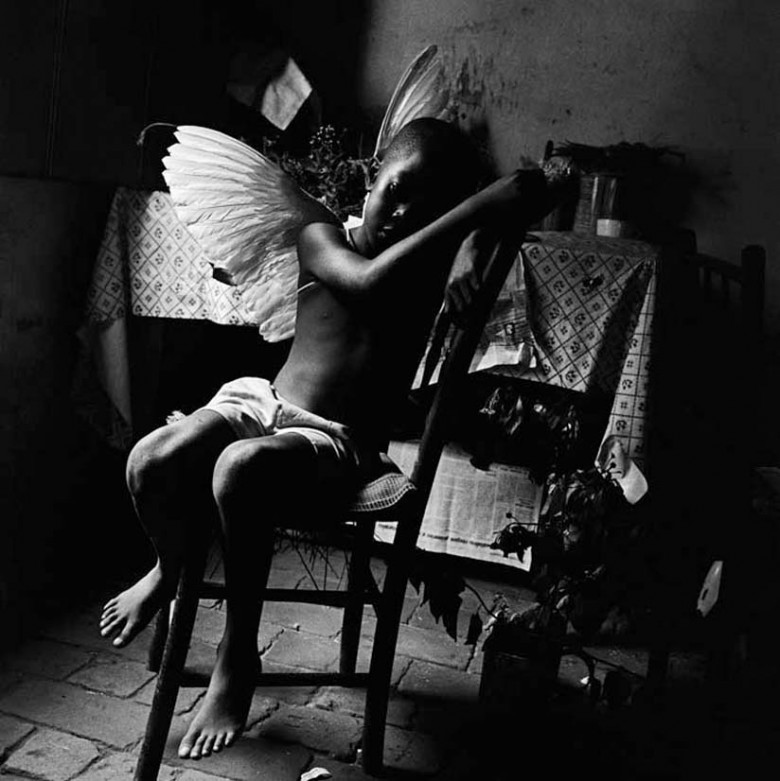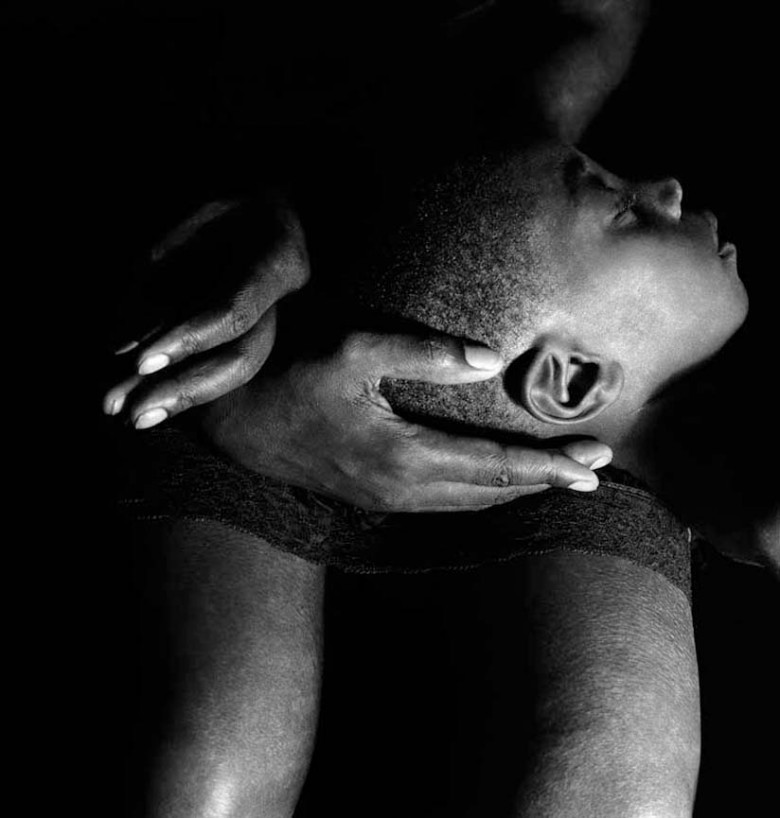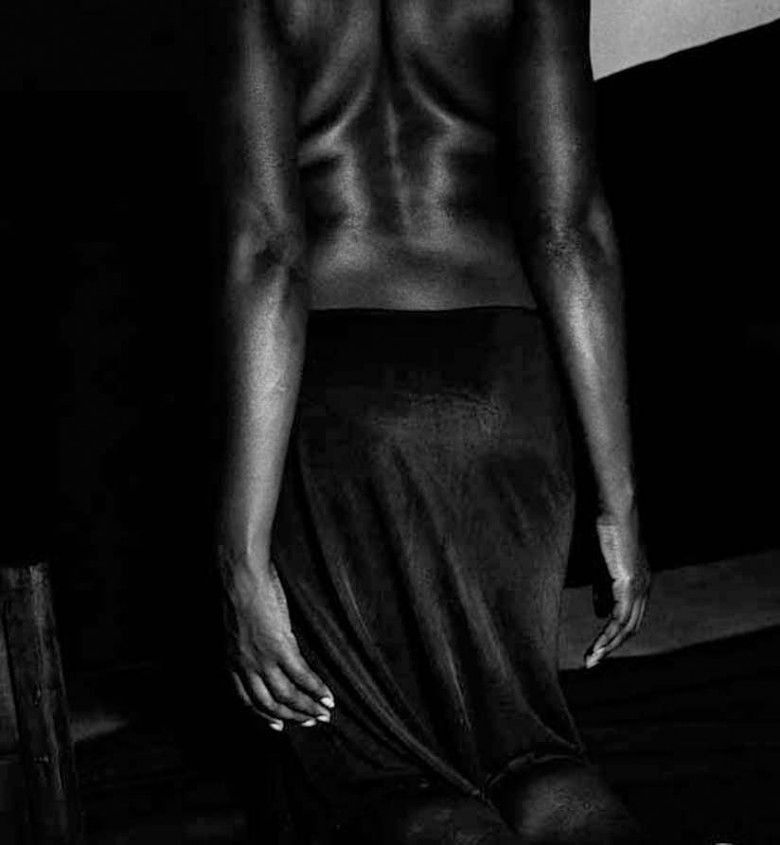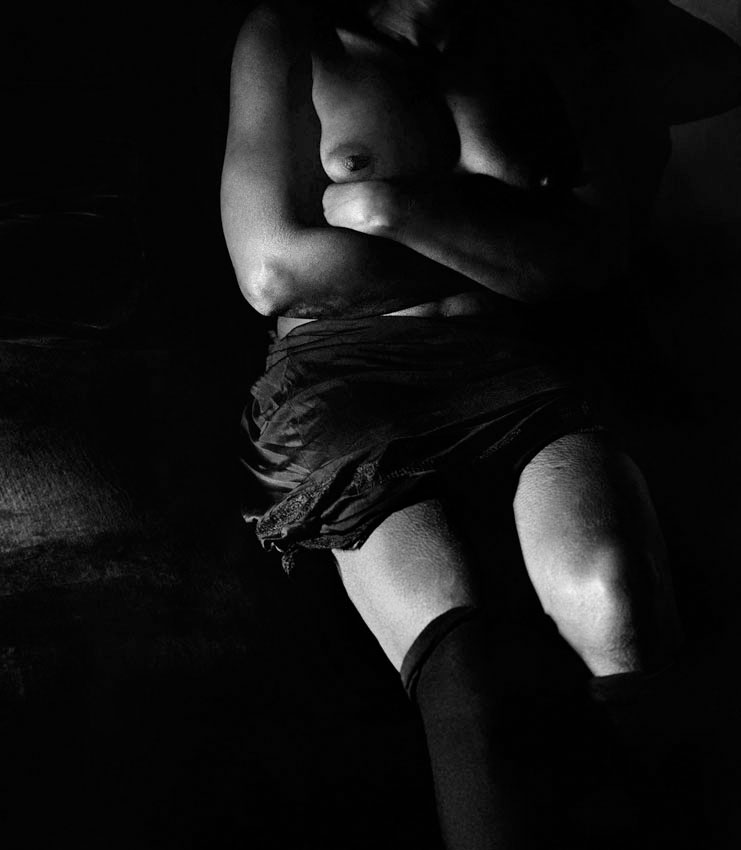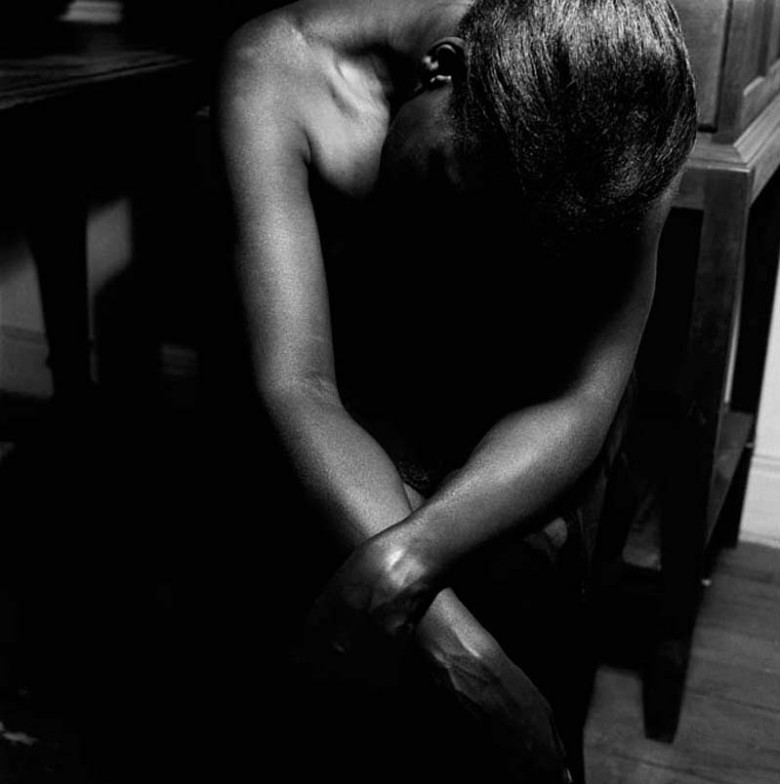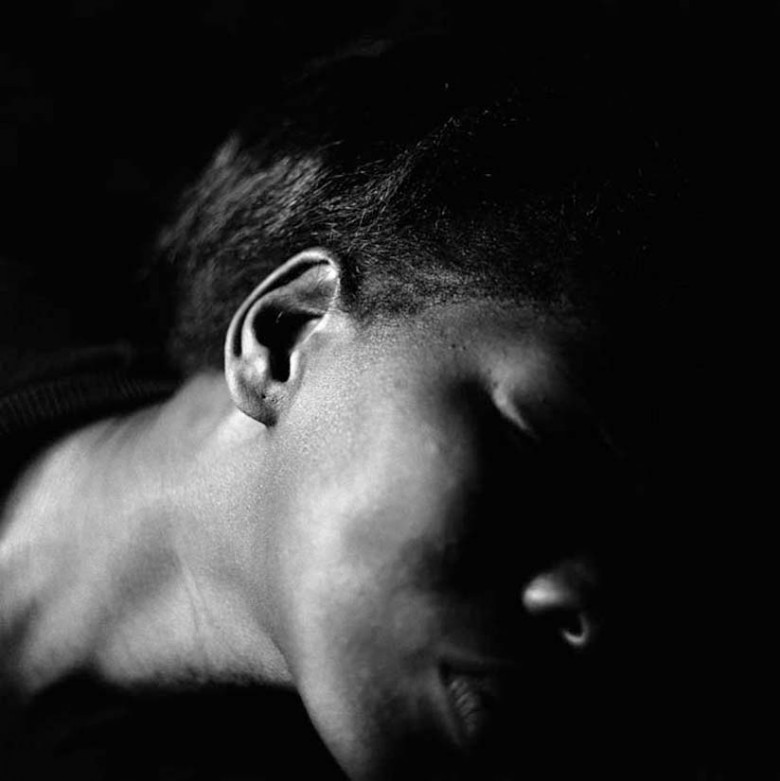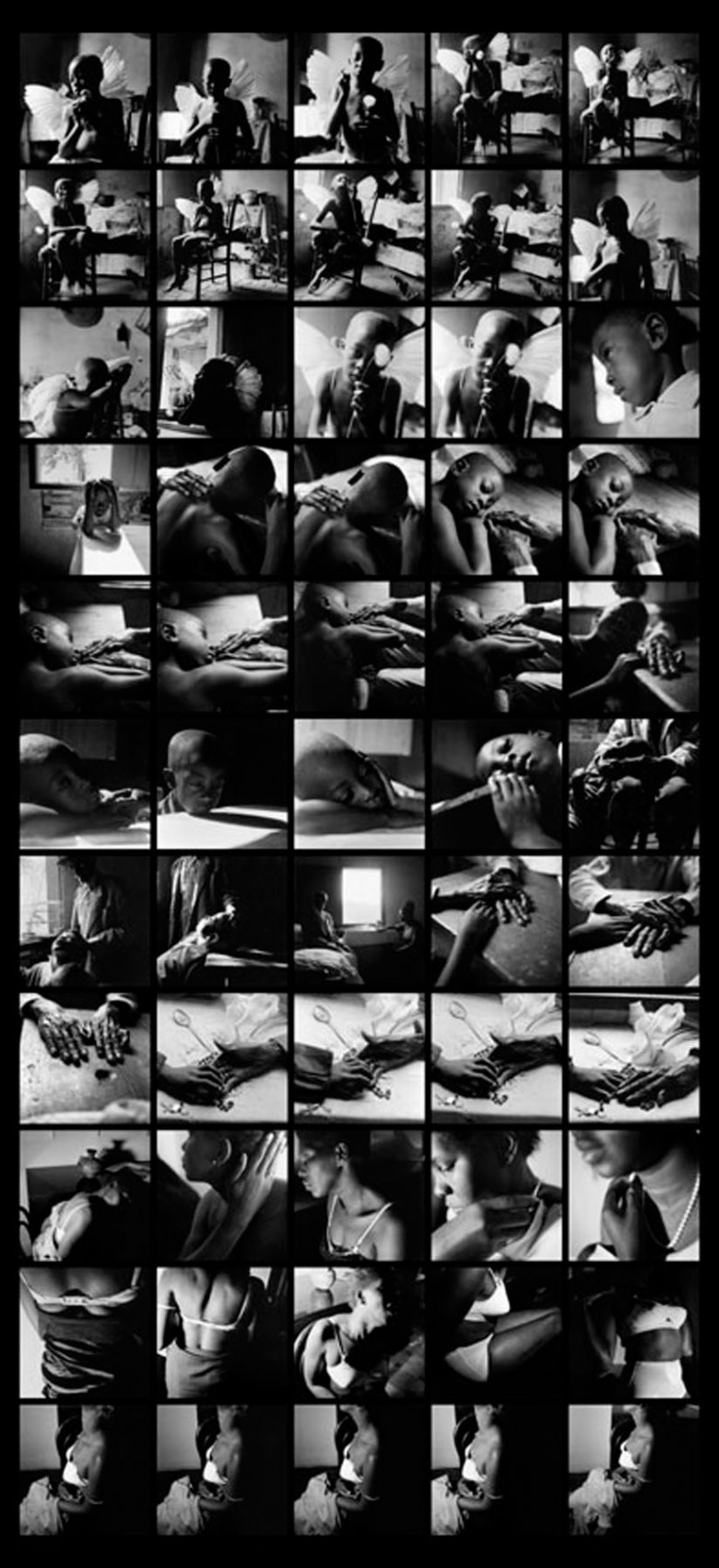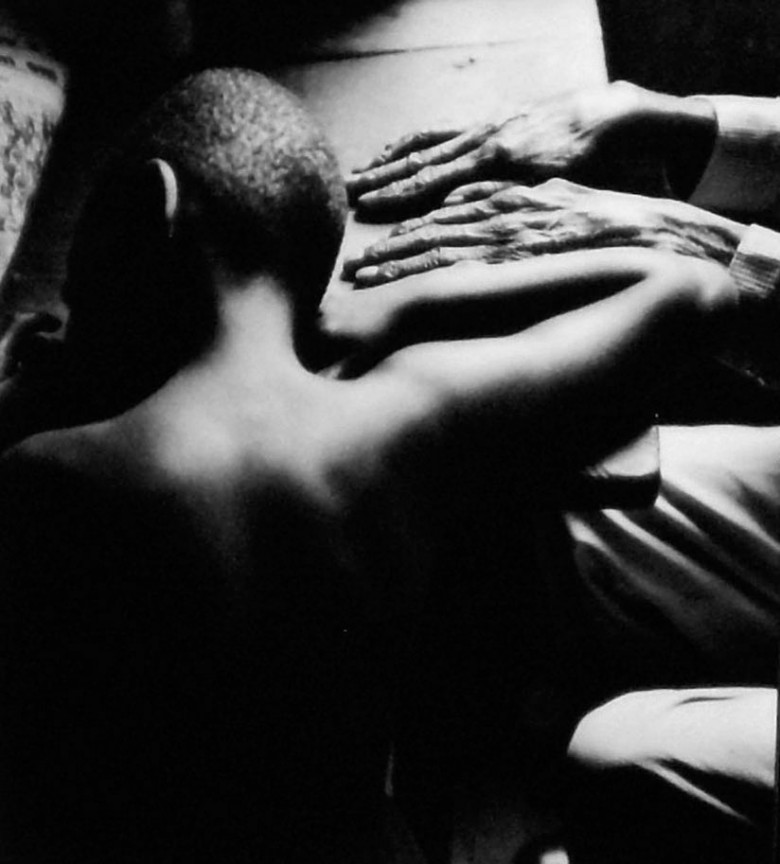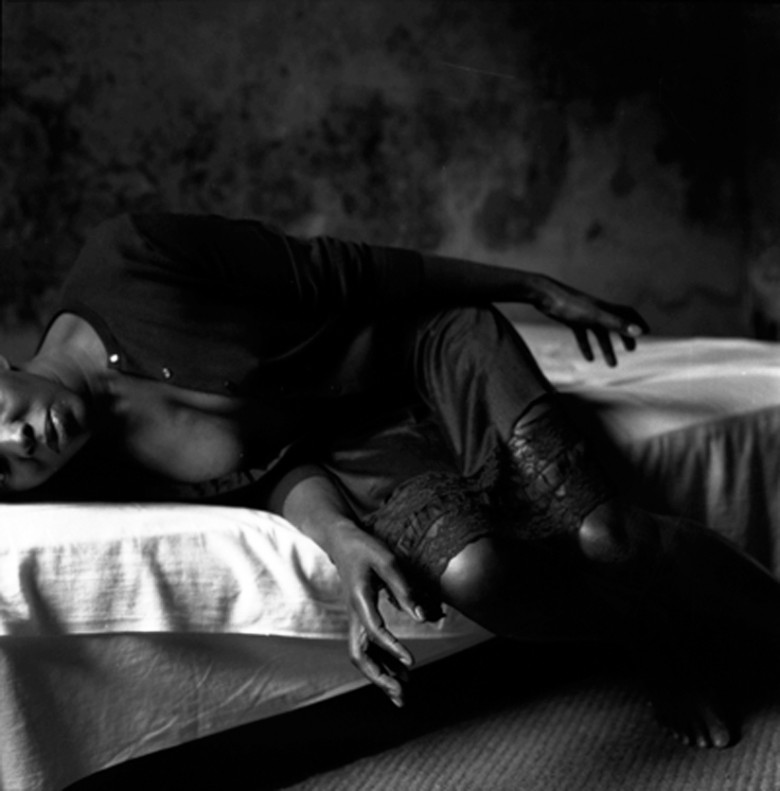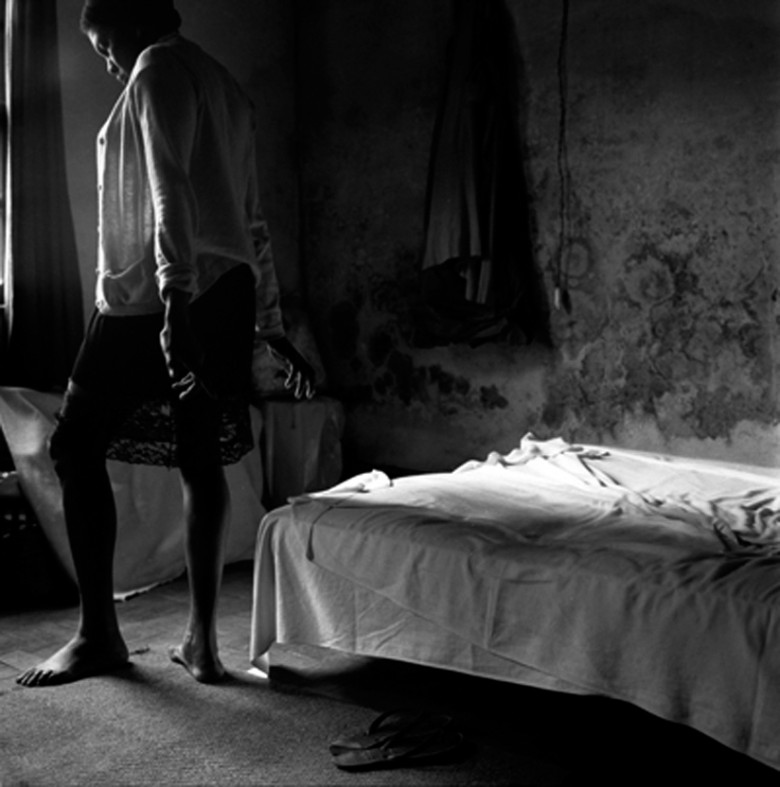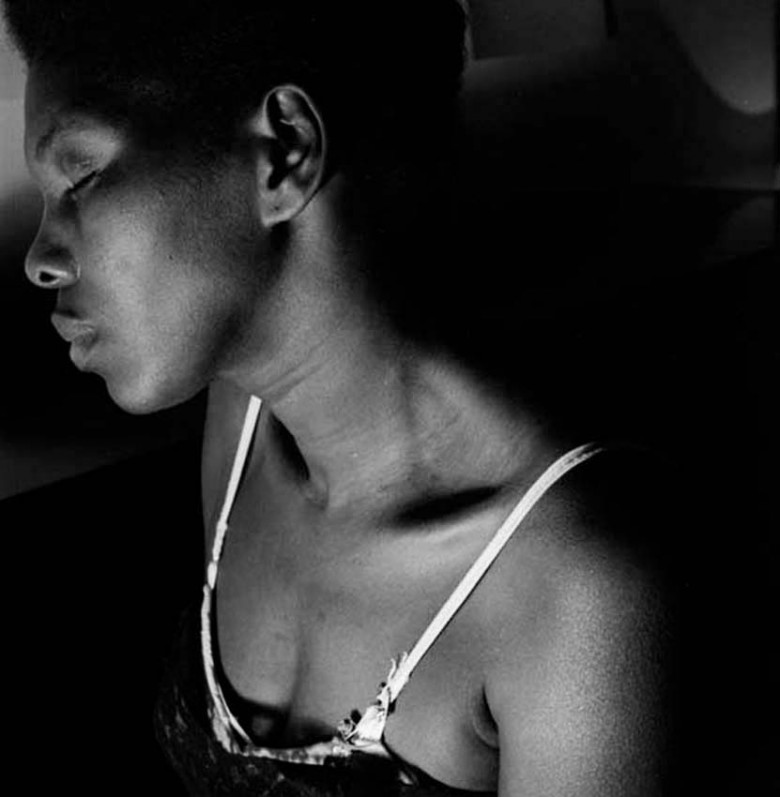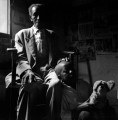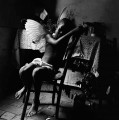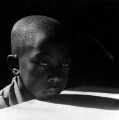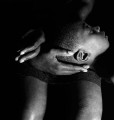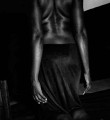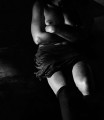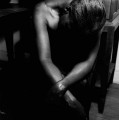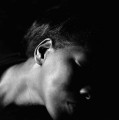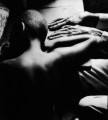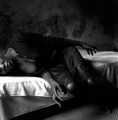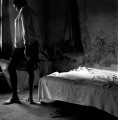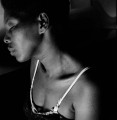22 Exposição:
PELE PRETA
DE MAUREEN BISILLIAT
DE 15 DE SETEMBRO A 31 DE OUTUBRO DE 2010
A série PELE PRETA deriva de meus tempos de estudante, quando freqüentava ateliês de modelo vivo, atenta à anatomia, à movimentação do corpo e à iluminação. O corpo humano, minha porta de entrada na pintura,
acabou por levar-me à fotografia.
Maureen Bisilliat
Pele Preta é o primeiro trabalho de Maureen que veio a público. Nele fotografou uma moça negra, “uma mulher altiva, que não considerava depreciativo posar como modelo”, segundo suas próprias palavras.
Otrabalho resultou numa exposição no Museu de Arte Moderna de São Paulo, em 1966, e já antecipava muito de sua imagética pessoal, e, de certo modo, também a de outros importantes fotógrafos que seguiriam anos depois esta mesma vertente. Em entrevista a escritora Marta Góes, a psicóloga Eda Tassara, parceira de trabalho e amiga da fotógrafa, diz que “naquela época, fotografar uma modelo negra era uma inovação”. Era um momento de forte debate intelectual, exposto pelo Cinema Novo e pelo Teatro de Arena. “Maureen trouxe este debate para o território da estética e afirmou sensualmente a beleza dos tipos populares”, afirma Tassara.
“Ocorpo humano, minha porta de entrada na pintura, acabou por me levar à fotografia”, avalia Maureen. Junto com as imagens da modelo, o ensaio retrata também um menino negro (em algumas imagens, como um “menino-anjo” com asas brancas) posando sozinho ou com um ancião e/ou com a modelo. Ex-votos também integram o ensaio, interagindo com os personagens e seus corpos, num delicado roteiro banhado por uma luz magistral. As fotografias foram feitas no interior de São Paulo, em São José do Rio Pardo, e na Capital.
Os ensaios fotográficos de Maureen sempre foram concebidos e editados em fortes sequências visuais que sintetizam a visão da autora sobre os universos do real e do imaginário, compondo aquilo que ela denomina de equivalências fotográficas das obras literárias que nortearam seu trabalho. No caso da série Pele Preta, Maureen continua atualmente trabalhando sobre este projeto, agora de maneira reversa, buscando, a partir das imagens do ensaio, textos de autores que dialoguem com esta série inaugural de sua obra fotográfica.
Nas palavras de Maureen: “Aprecio imagens aliadas à escrita, frases escolhidas definindo melodicamente a linha da orquestração. Em livros como os de Diane Arbus (1923-1971) e Nan Goldin (1953) há essa orquestração: ritmos, silêncios, acordes, vazios. A palavra, escolhida da produção literária ou pinçada do testemunho biográfico, vem da fala íntima da pessoa, destilada. Seria quase como escrever com a imagem e ver com a palavra.”
Sergio Burgi
Curador
Instituto Moreira Salles
